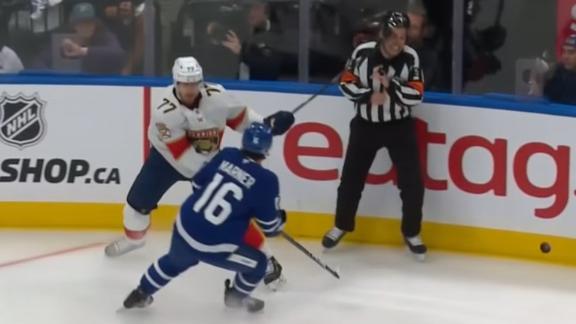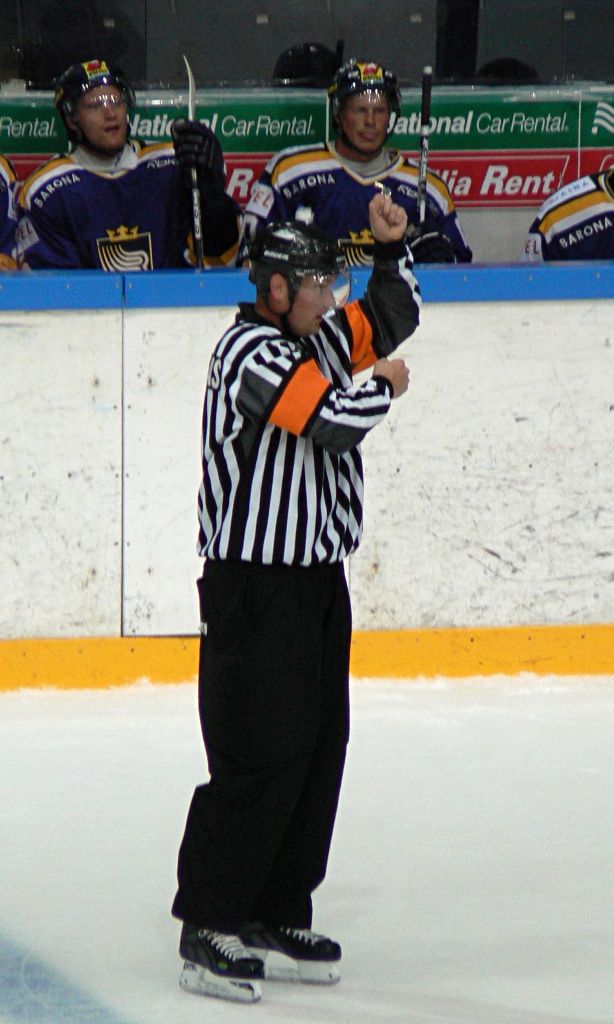I think it depends on what happens tonight. If the Leafs win i think they’ll re-sign him. Reason: it’s impossible to replace a 100-points player & Marner is responsible for half of Auston Matthews’ production on top of being his best friend on the team. If they don’t re- sign him this will get local boy Connor Mcdavid’s attention. He has a year left on his contract.Mitch Marner To Sign With Vegas!

NHL Rumors: Maple Leafs Star Mitch Marner Projected to Land With Ambitious Rivals | PFSN
Toronto Maple Leafs' forward and pending UFA Mitch Marner might be heading to Las Vegas in the offseason.www.profootballnetwork.com
Montreal has also been rumoured to be a destination of choice for Marner. I also believe he’d look good with the Senators who are a team on the way up. Other teams such as Chicago would also be in the mix. Word out of the windy city is that Connor Bedard isn’t a happy camper & is extremely tired of losing.
Speaking of the Leafs & Oilers: Matthew Knies & Evan Bouchard are expected to get very big raises during the offseason. Rumors are that there are teams out their who are considering signing them to an offer sheet.







